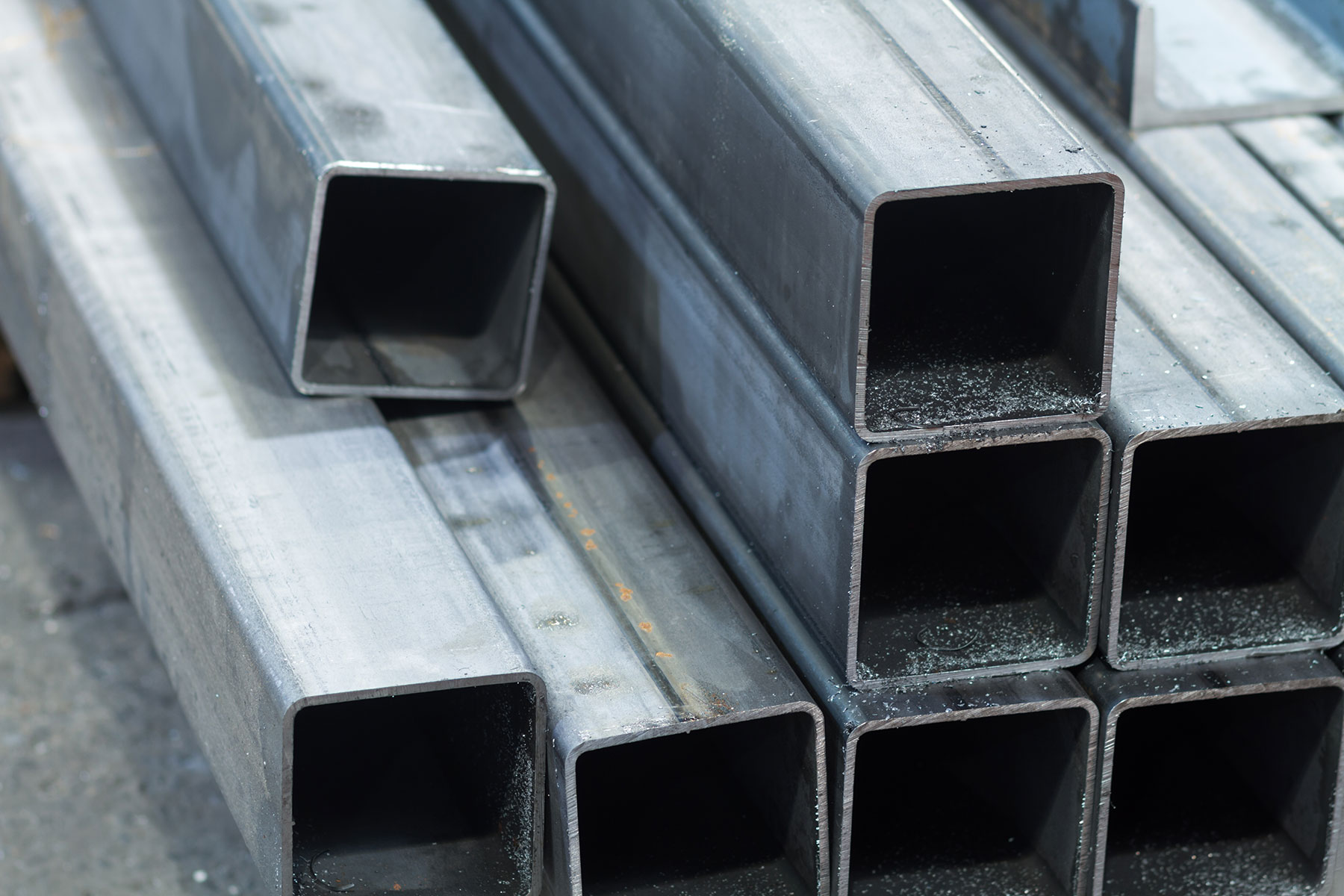When selecting the right metal for your project, understanding the differences between carbon steel and stainless steel is crucial. These two materials serve different purposes and offer unique benefits. Let’s explore what makes carbon steel and stainless steel different to help you decide which is best suited for your needs.
What is Carbon Steel, and What is Stainless Steel?
Carbon Steel is a metal alloy made primarily from iron and carbon. The carbon content can range from 0.12% to 2.0%, significantly influencing its hardness, flexibility, and tensile strength. In small amounts, it often includes other elements like manganese, silicon, and copper, which help improve its mechanical properties.
Stainless Steel, on the other hand, is an alloy of iron that contains at least 10.5% chromium. This chromium content forms a thin layer of oxide on the steel’s surface, known as the “passive layer,” which prevents corrosion and rust. Stainless steel also typically contains nickel and molybdenum, enhancing its corrosion resistance and mechanical properties.
Physical Features of Both Metals
Carbon Steel
Carbon steel, with a melting point ranging from approximately 1425 to 1540°C depending on its carbon content, is a dense material, weighing around 7.85 g/cm³. This density contributes to its heavier weight compared to many other metals. Thanks to its iron content, carbon steel is generally magnetic and typically has a matte finish. However, it can corrode and rust over time if not correctly coated or treated.
Stainless Steel
Stainless steel has a melting point ranging from approximately 1400 to 1450°C and a density of about 7.8 g/cm³, making it slightly less dense than carbon steel. It is lighter than carbon steel and exhibits varying magnetic properties; austenitic stainless steels are non-magnetic, whereas ferritic and martensitic stainless steels are magnetic. This material is known for its shiny, lustrous finish, which enhances its aesthetic appeal and provides excellent resistance to corrosion and rust.
Applications of Carbon Steel vs Stainless Steel
Applications of Carbon Steel
Construction
Construction companies use carbon steel extensively in building frameworks, structural beams, and reinforcing bars. Its high strength and low cost make it ideal for these applications.
Automobile Parts
Due to its strength and malleability, the automotive industry relies on carbon steel to make parts like body panels, chassis, and brackets.
Knives
Carbon steel knives retain sharp edges longer than their stainless steel counterparts, making them a favorite among chefs and culinary professionals.
Steel Wires
Carbon steel wires are essential in many industries, from suspension bridges to piano strings.
Appliances
Many household appliances, especially those requiring strength and heat resistance, are made from carbon steel.
Applications of Stainless Steel
Medical Instruments
The medical industry depends on stainless steel for surgical instruments, implants, and medical devices because it resists corrosion and can be sterilized easily.
Surgical Implants
Stainless steel’s biocompatibility ensures it is widely used for surgical implants like joint replacements and bone pins.
Architectural Construction
From modern buildings to art installations, stainless steel provides strength, durability, and an attractive finish.
Appliance Finishes
The sleek, modern look of stainless steel appliances, also benefit from their resistance to stains and corrosion.
Food Production & Storage
The food industry uses stainless steel for equipment and storage due to its non-reactive nature and ease of cleaning.
Get Your Carbon or Stainless Steel with General Steel Warehouse.
Choosing between carbon steel and stainless steel depends on your specific needs. At General Steel Warehouse, we offer a wide range of carbon and stainless steel products to meet all your needs. Contact us to learn more about our inventory and how we can help you find the perfect material for your next project.
